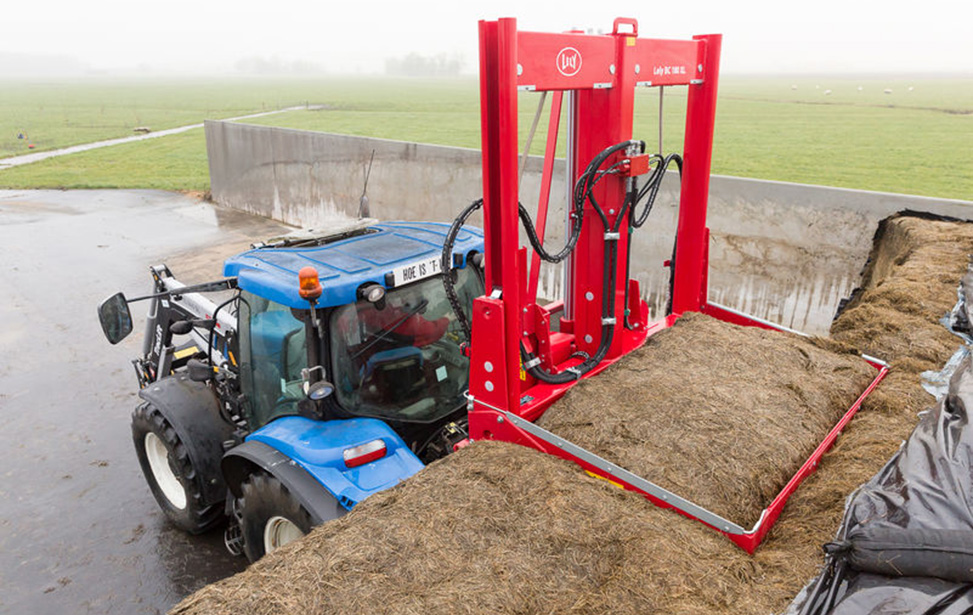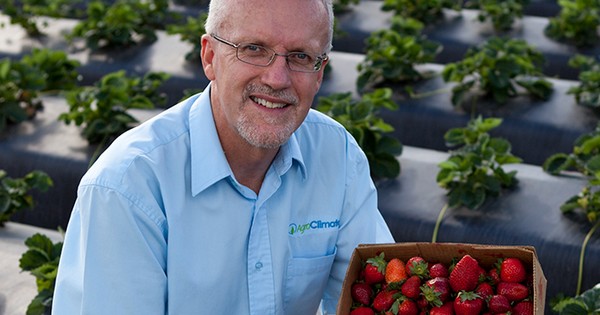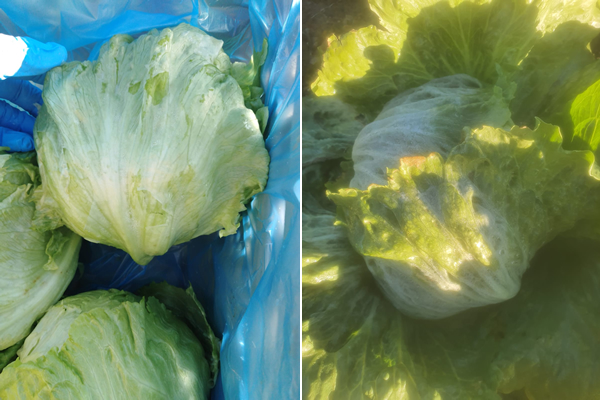#controlled-releasefertilizers #agriculture #sustainablefarming #cropyield #soilhealth #environmentalimpact
In this article, we will explore the benefits and drawbacks of using controlled-release fertilizers in agriculture. With the increasing demand for high-quality food and sustainable farming practices, it is essential to consider the impact of different fertilizers on crop yield, soil health, and the environment.
According to a recent study by ResearchAndMarkets.com, the global market for controlled-release fertilizers is expected to reach $3.3 billion by 2026, driven by the growing demand for high-efficiency fertilizers that reduce nutrient loss and minimize environmental impact. Controlled-release fertilizers (CRFs) are designed to deliver nutrients to crops over an extended period, ensuring optimal plant growth and reducing fertilizer runoff.
One of the main advantages of CRFs is their ability to provide a slow and steady supply of nutrients to crops, which can improve plant growth and yield while reducing the risk of over-fertilization. This can be especially beneficial in crops with long growth cycles or in areas with limited water resources, where frequent fertilization is not feasible.
However, the use of CRFs also has some potential drawbacks. As noted by the University of Minnesota Extension, CRFs can be more expensive than traditional fertilizers, and their slow-release properties may not be suitable for crops that require rapid nutrient uptake. Additionally, the high nutrient concentration in CRFs can increase the risk of soil salinity and plant burn, especially in arid regions.
To address these concerns, it is essential to consider the specific needs of each crop and soil type when selecting the type and amount of fertilizer to use. Agronomists and agricultural engineers can play a critical role in helping farmers optimize their fertilizer use and maximize their crop yield while minimizing environmental impact.
In conclusion, while controlled-release fertilizers can offer many benefits in agriculture, it is essential to weigh their advantages and disadvantages carefully. By working with experts in the field, farmers can make informed decisions about their fertilizer use and help ensure a sustainable future for the industry.












